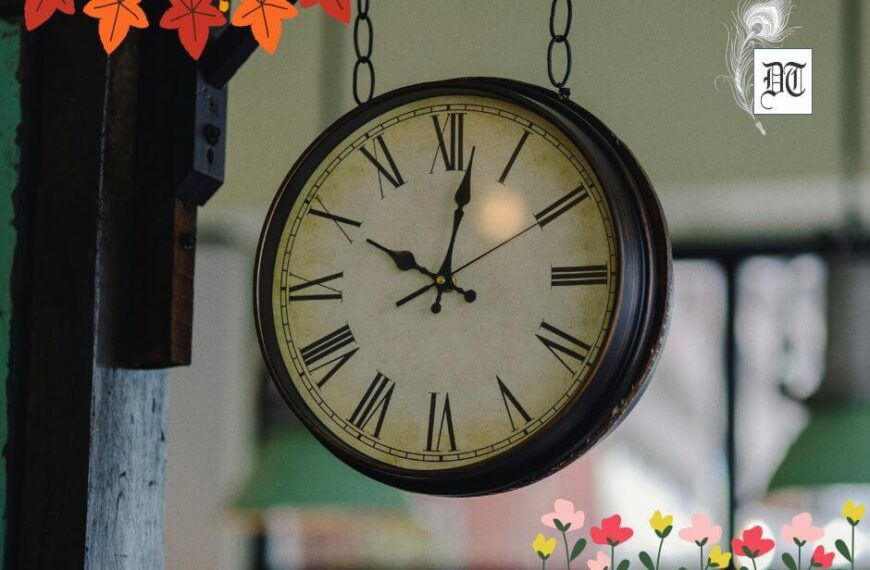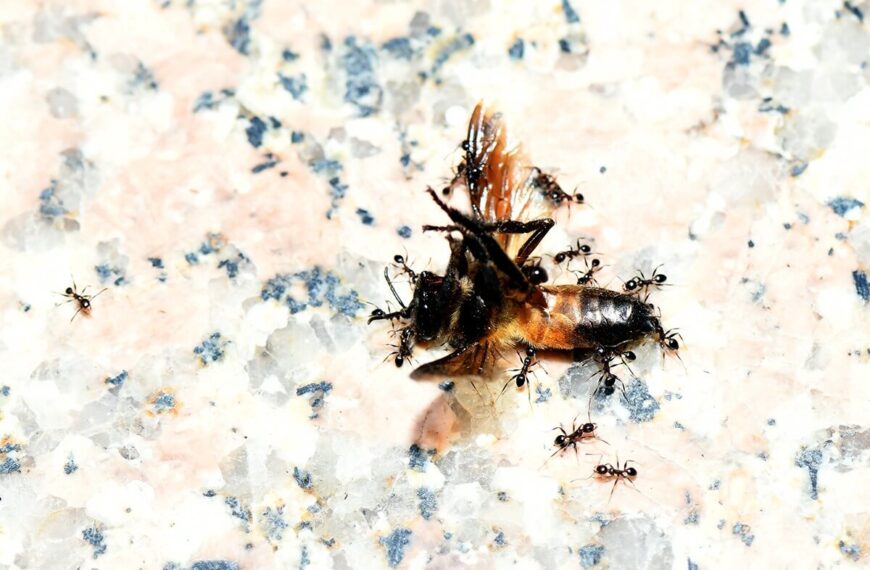Mamta takes us into the magical world of songs and dances during weddings. Ladies Sangeet is an important ritual, filled with fun and frolic. She reminisces a celebration of the yore. A wonderful storyteller, the surprise ending is enchanting.
The raat-jaga (night out) or the Ladies Sangeet of the yore was very different from its present polished and slick avatar. The sangeets are state-of- the-art affairs, with choicest music along with a D.J., perfectly attired men, women, children all dancing together with total abandon, to the popular desi beats, with synchronous steps. The choice of venue, ambience, food, and liquor is flawless.
However, glossy and perfect the celebration may seem, the magic of personal touch is missing.
The loving participants, in unwired, Wi-Fi less times, were supportive and believed in coming together as a clan on such an important occasion. In days gone by, among most communities, baraat, the groom’s entourage proceeding towards the bride’s house for marriage, with baskets laden with trousseau for the bride, sweetmeats, fruits and dry-fruits, was an all-male affair. The womenfolk of the groom’s family held fort, singing and dancing away on folk music and popular film songs till the  wee hours of the morning. In the bride’s home similar festivities were held when the auspicious mehendi ceremony was held prior to the wedding.
wee hours of the morning. In the bride’s home similar festivities were held when the auspicious mehendi ceremony was held prior to the wedding.
The house, where wedding nuptials were to be performed, was lime-washed a-priori and readied to welcome the female guests. Mattresses were spread on the carpet for the night, covered with pristine white sheets. Many impromptu musical soirees, bouts of antakshris were held. Animated ghost stories were told with élan, with cousins of all ages forming a close bond before the pre-nuptial ceremony began.
The energetic child brigade took charge of ticking the hand-crafted triangular festoons, made from thin kite-paper in rainbow colours, with homemade glue from wheat-flour called layee, adding vibrant hues and beauty to the festivities.
The entire community of women offered a helping hand for the elaborate dinner, not only in chopping endless amount of vegetables, kneading massive amount of dough for pooris and kachaudis but also in exchanging gossip and match-making. All this made the family ties concrete for the foundations of the institution of marriage were nurtured with love, care, and solidarity.
Young girls took care of the sangeet, replete with folk songs and dances. The courtyard or the biggest room of the house was the venue of the cultural evening, exclusively for women. Women would sit on the cushioned floor, close together in concentric circles. The bullseye in the centre was the performer’s space to dance, mimic or act out a person’s oddity.
Each sangeet had its own share of interesting story like that of the twin sisters, Bhuvanmohini and Manmohini. They were the reigning divas at the ladies sangeet during the marriage season. Special invitations were sent for them and they arrived at the venue dressed in great style. Their long plaits covered with fragrant flowers, their flowing ghagra, stylish blouse and ornate bustier would be the talk of the glamour- deficient neighbourhood for days. Their kohl rimmed expressive eyes, fluid body movements and vibrant presence filled the hostess with hope that the all-night revelry would be a resounding success.
While Manmohini tapped away rhythmically on the dholak (a percussion instrument) with her thin, strong hands, Bhuvanmohini would sing and dance to the tune of all the latest film songs, the charged gathering amazed at her extraordinary repertoire, from ‘Raja ki aayegi baraat’ to ‘Aaja sanam madhur chandni mein hum’. The song on popular demand that night was ‘Jhumka girare, Bareilly ke bazaar mein’ pressing ponderous Bhuvanmohini to be on her twinkle toes. Manmohini pounded at the dholak with increasing speed in excitement. Bhuvanmohini could not match her twin’s pace. The performance of the sisters that night was like a long playing record where the RPM had gone clearly out of sync.
Much to the amusement of the crowd, the sisters were in a trance, concentrating only on showing their prowess. The pounding of the dholak and the encouraging clapping of the audience irritated the neglected Alastian dog, Tiger, tethered to the post throughout the exciting evening. Used to being petted and pampered by the members of the household, Tiger was really outraged. Tugging and howling, he managed to unleash himself and charged inside from where the infernal sound was coming.
Tiger, furious and huge, barged into the room packed with women and hurled himself on to the plump dancer in the middle, the only moving object, swaying to her own rhythm. Bhuvanmohini fell down with a thud. A hush fell among the multitude. Bhuvanmohini was lying on the ground on her back, paralysed with terror, her rotund face  was being licked heartily by a delighted Tiger, free from fetters. Manmohini could not gauge that Tiger was affectionately disposed towards her sister. Endowed with a highly fertile imagination, she thought her sister would be bitten to death. She aimed at Tiger with the only weapon she had in hand to protect her sister, the dholak, and threw it with full strength. Meanwhile, the frisky dog, having a very short attention span, darted towards the backyard, in the direction of the halwais, from where interesting smells emanated. The dholak flew in the direction of the groom’s mother, full throttle. More silence ensued. By God’s grace, the lady bent down to bless a girl, who had touched her feet. Whoom! The dholak hit the wall and its splinters fell on the crowd like confetti.
was being licked heartily by a delighted Tiger, free from fetters. Manmohini could not gauge that Tiger was affectionately disposed towards her sister. Endowed with a highly fertile imagination, she thought her sister would be bitten to death. She aimed at Tiger with the only weapon she had in hand to protect her sister, the dholak, and threw it with full strength. Meanwhile, the frisky dog, having a very short attention span, darted towards the backyard, in the direction of the halwais, from where interesting smells emanated. The dholak flew in the direction of the groom’s mother, full throttle. More silence ensued. By God’s grace, the lady bent down to bless a girl, who had touched her feet. Whoom! The dholak hit the wall and its splinters fell on the crowd like confetti.
Bhuvanmohini and Manmohini’s jugalbandi (competitive duet) and Tiger’s role to complete the triangle was recalled for a long time. The concentric circle of women wove skeins of intangible love that wrapped the kith and kin in loving arms. One seldom felt alone but buoyant, through tough and weak times because of their supportive hands; rejoicing and feasting through life in celebratory times of sangeet.
©Mamta Joshi
Pix from Net.




 By
By


 By
By